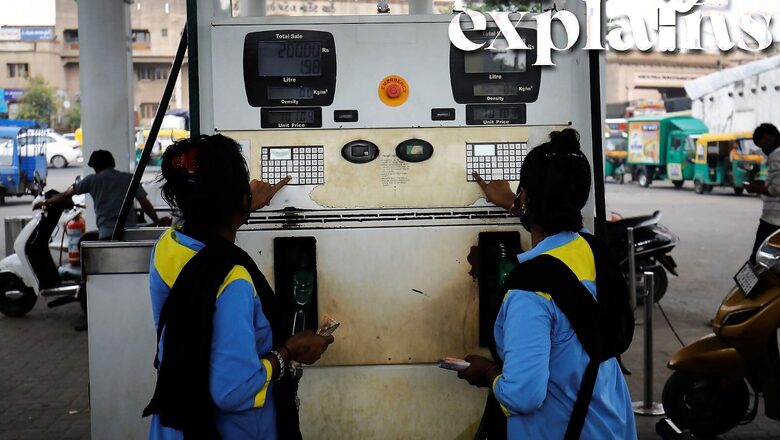
views
Petrol doped with 20 per cent ethanol was rolled out on Monday at select petrol pumps in 11 states and union territories as part of a programme to increase use of biofuels to cut emissions as well as dependence on foreign exchange-draining imports.
At present, 10 per cent ethanol is blended in petrol (10 per cent ethanol, 90 per cent petrol) and the government is looking to double this quantity by 2025.
Prime Minister Narendra Modi launched the higher 20 per cent ethanol blended petrol two months ahead of the planned rollout in April, at the India Energy Week (IEW) 2023 in Delhi. “We have increased ethanol blending in petrol from 1.5 per cent (in 2014) to 10 per cent and are now progressing towards 20 per cent blending,” Modi said.
What is E20?
A biofuel called ethanol, also known as C2H5OH, is produced spontaneously when sugar is fermented. It is mostly produced by extracting sugar from sugarcane, although other organic materials, such as cereal grains, can also be used to make it.
India has started the Ethanol Blended Petrol (EBP) initiative to blend this biofuel with gasoline to cut back on the usage of fossil fuels as part of its pledges to reduce carbon emissions, a report by Times of India said. The government previously declared that the E10 objective has been met, meaning that 10% of the country’s gasoline now contains ethanol.
With the launch of #e20, twintop #solarcooker & #GreenMobility rally, #IndiaEnergyWeek kicks off in a grand way. pic.twitter.com/4DjXIxefrM— Ministry of Petroleum and Natural Gas (@PetroleumMin) February 6, 2023
Initiative Started
In the first phase, 15 cities will be covered and in the next two years it will be expanded throughout the country.
India saved as much as Rs 53,894 crore in forex outgo from 10 per cent blending besides benefiting the farmers.
E-20 (petrol with 20 per cent ethanol) will be available at 84 petrol pumps of three state-owned fuel retailers in 11 States/UTs.
Oil Minister Hardeep Singh Puri said India achieved blending of 10 per cent ethanol in petrol, 5 months in advance during June’2022.
“We also advanced the availability of E20 blended petrol to 2025, 5 years from earlier planned in 2030,” he said, adding that now E20 is being rolled out ahead of schedule on a pilot basis.
Watch | PM @narendramodi inaugurates E20 fuel at the #IndiaEnergyWeek pic.twitter.com/cd8XA3RfcM— Prasar Bharati News Services & Digital Platform (@PBNS_India) February 6, 2023
“As a country on a fast trajectory of economic growth, India is projected to witness the largest increase in energy demand of any country over the next two decades, accounting for close to 28 per cent of incremental global growth in energy demand,” he said.
Why Use E20?
Use of ethanol, extracted from sugarcane as well as broken rice and other agri produce, will help the world’s third largest oil consumer and importing country cut its reliance on overseas shipments. India currently is 85 per cent dependent on imports for meeting its oil needs. Also, it cuts carbon emissions.
Use of E20 leads to an estimated reduction of carbon monoxide emissions by about 50 per cent in two-wheelers and about 30 per cent in four-wheelers compared to E0 (neat petrol). Hydrocarbon emissions are estimated to reduce by 20 per cent in both two-wheelers and passenger cars.
India spent USD 120.7 billion on import of crude oil in 2021-22 fiscal (April 2021 to March 2022). In the current fiscal, USD 125 billion have been spent on oil imports in the first nine months (April 2022 to December 2022) alone.
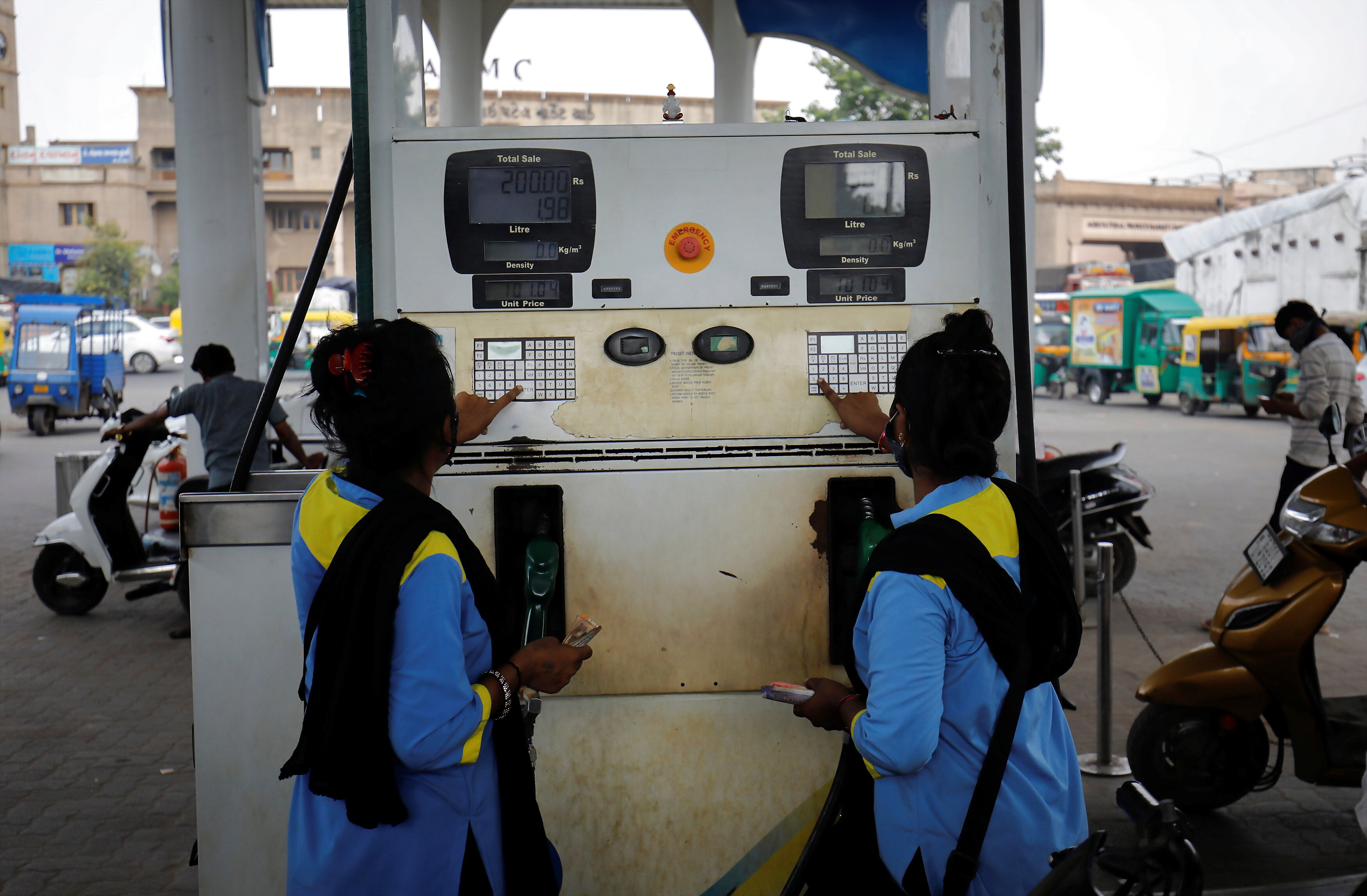
As much as 440 crore litre of ethanol was blended in petrol during the supply year ending November 30, 2022. For the next year, 540 crore litres procurement is being targeted with an eye to start larger volumes of blending.
The target of achieving average 10 per cent blending was achieved in June, 2022, much ahead of the target date of November, 2022. Encouraged by the success, the government advanced the target of 20 per cent ethanol blending in petrol from earlier 2030 to 2025.
The programme gives sugarcane farmers an additional source of income. During the last eight years, ethanol suppliers have earned Rs 81,796 crore while farmers have got Rs 49,078 crore. The country saved Rs 53,894 crore in foreign exchange outgo. Also, it led to reduction of 318 lakh tonnes of carbon-dioxide (CO2) emissions.
Along with the launch of E20, Green Mobility Rally was also part of the IEW-23 to create public awareness for the green fuels in the country such as E20, flex fuels, hydrogen and CNG etc.
FE Benefit
According to a research conducted in India on the appropriateness of utilising E20 in existing vehicles, “metals and metal coatings had no problems with E20,” a report by Times of India said.
E20 produces lower performance in elastomers compared to pure gasoline. After being treated with E20, the tensile strength of PA66 plastic decreased.”
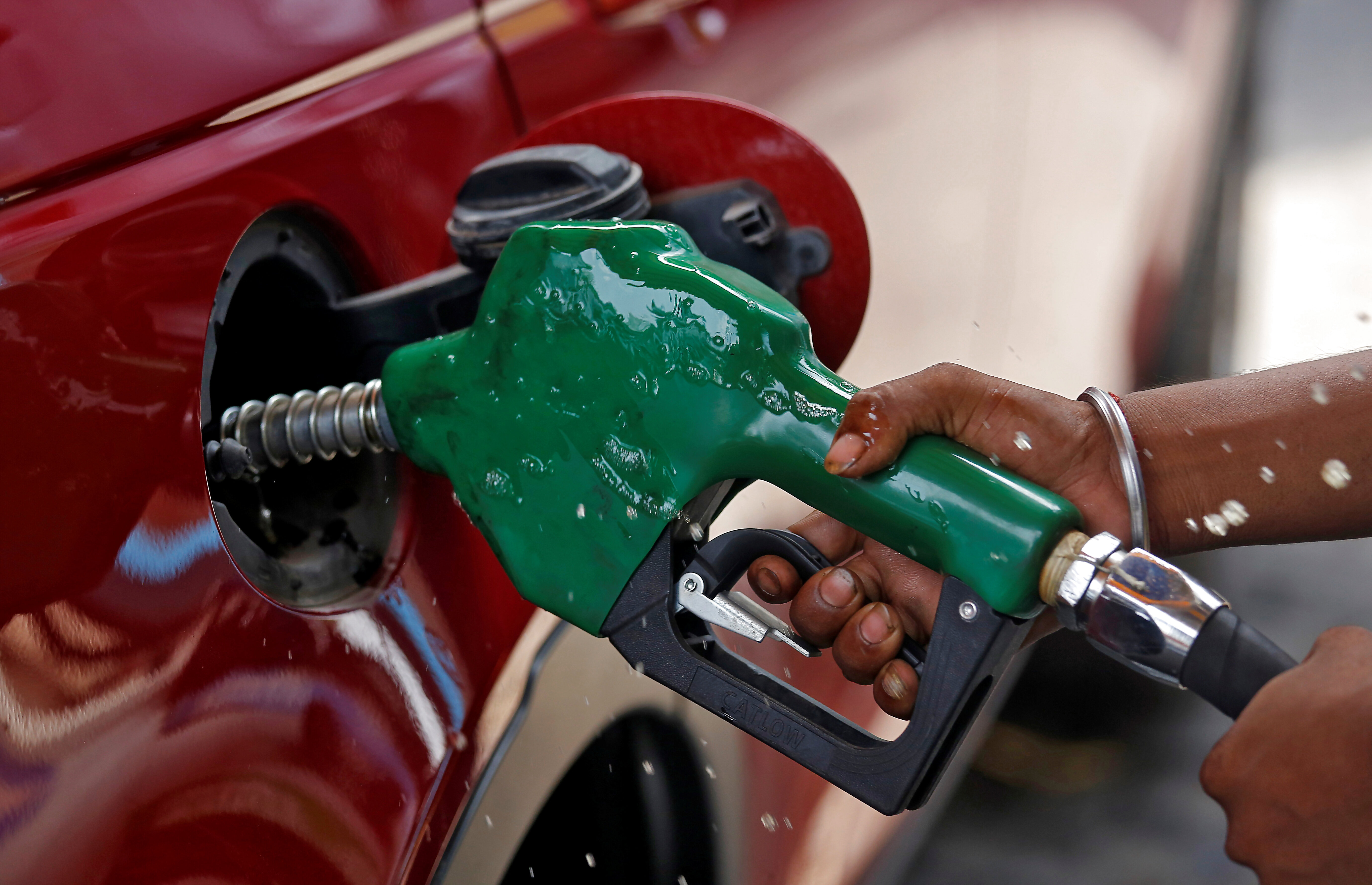
The research conducted in 2014-2015 by the Automotive Research Association of India (ARAI), Indian Institute of Petroleum (IIP), and Indian Oil Corporation (R&D) indicated that fuel economy declined by up to 6% (depending on the vehicle type) on average. However, the test vehicles passed hot and cold startability and drivability testing using pure gasoline and E20 test fuels. At any level of vehicle operation, no major malfunctions or stalls were detected in any of the situations. After the on-road mileage accumulation experiments, no abnormal engine component wear, deposits, or oil degradation were identified, the report said.
With inputs from PTI
Read all the Latest Explainers here










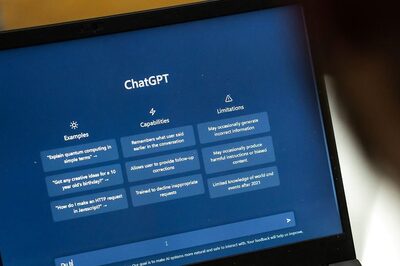
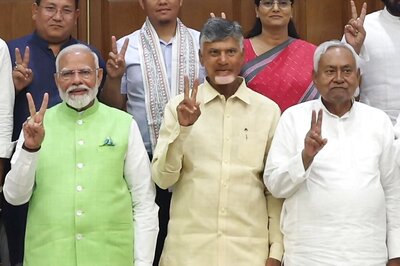








Comments
0 comment